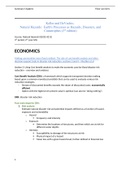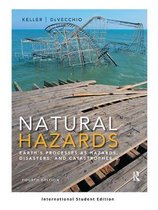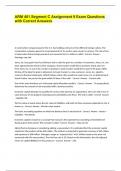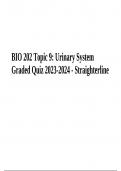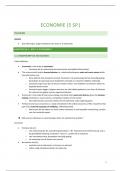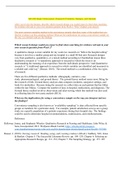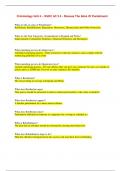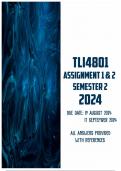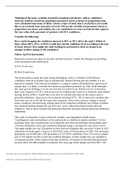Samenvatting
Volledige samenvatting: Boek + Lectures + Readings, Natural Hazards
Een volledige samenvatting voor het vak Natural Hazards. De relevante hoofdstukken van het boek 'Natural Hazards: Earth's Processes as Hazards, Disasters, and Catastrophes' (3rd edition) door Keller & DeVechio, de readings, en de hoorcolleges. Het is een oude editie van het boek maar het enige ver...
[Meer zien]
